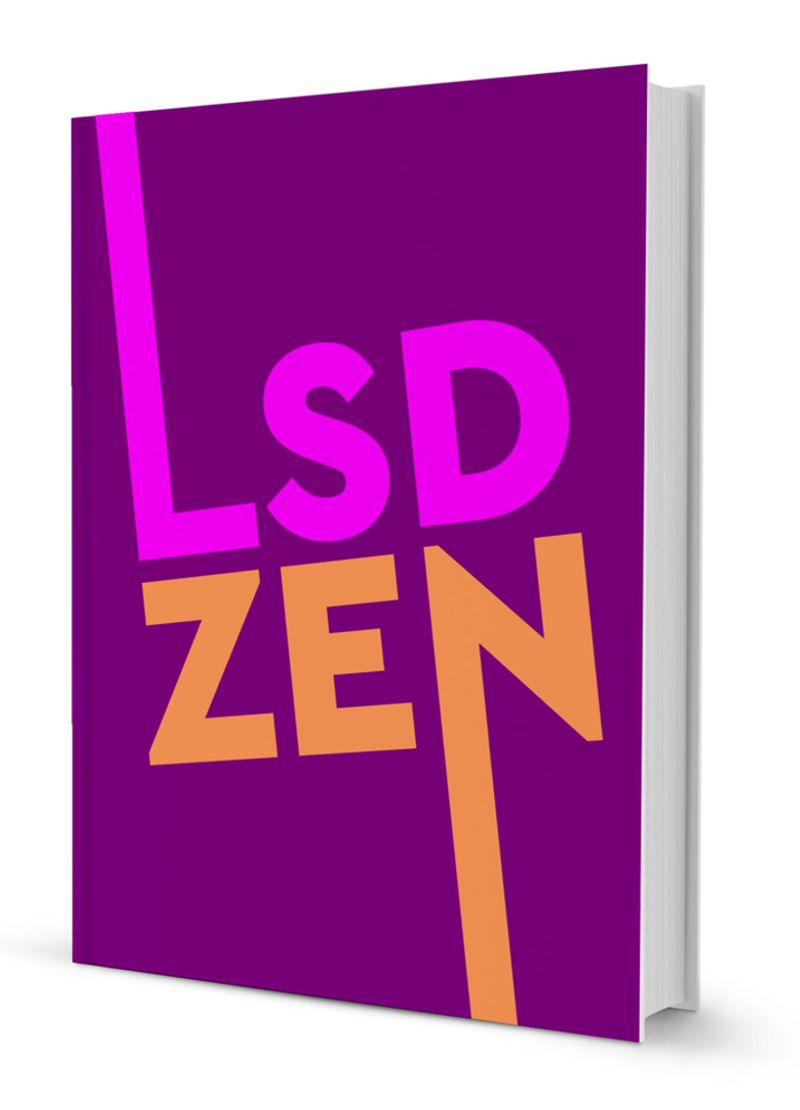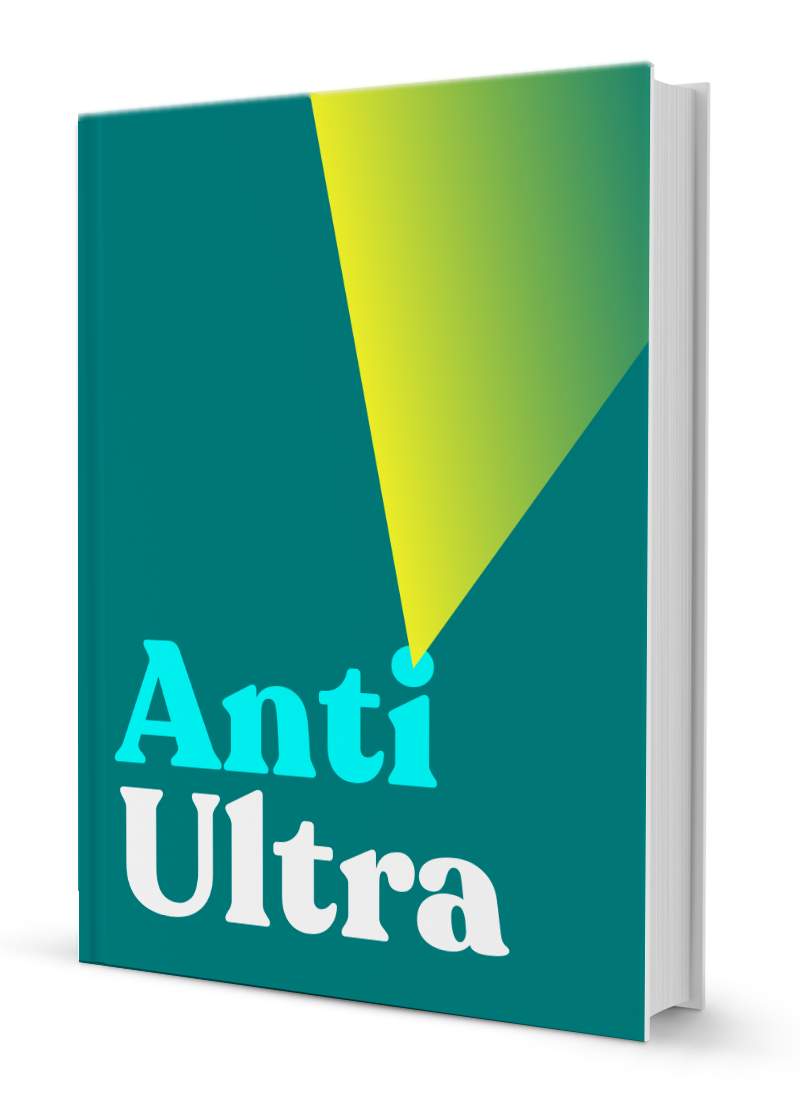Notes on Research
By Ralph Metzner, 1966
The Castalia Foundation republishes the following summary of research recorded in The Psychedelic Review, in 1966. The article was lovingly transcribed, by volunteers, at our modern research laboratory in Florida.
LSD AND CREATIVE PROBLEM SOLVING
A group of investigators from the
International Foundation for Advanced Study, associated at the time of this research with
San Francisco State College, have made the first systematic study of the use of psychedelics to facilitate problem-solving. The subjects were 27 professionals — engineers, physicists, mathematicians, architects, designers, commercial artists, without prior experience of psychedelics. They were prepared intensively and instructed to bring unsolved professional problems to the session.
"The drug-induced problem-solving session was carefully structured with particular focus on establishing expectancies and a psycho-social milieu conducive to creative activity."
200 mg of mescaline was given in small groups of 3 or 4 persons. After an initial quiet period of about 3 hours, tests of creative problem-solving were administered, and subjects then spent several hours working on the chosen problems. Here are the results:
- Scores on psychometric tests were significantly higher in the drug condition than in the pre-drug tests. "This shift is in the direction of enhanced ability to recognize patterns, to isolate and minimize visual distractions and to maintain visual memory in spite of confusing color and spatial forms."
- Subjective ratings indicated that "selected visual and verbal skills were enhanced for some".
- From the subjects' own reports, the following strategies for creative problem-solving, or experimental modes related to creativity, were reported as heightened during the session: low inhibition and anxiety, capacity to structure problems in larger context, high fluency and flexibility of ideation, high capacity for visual imagery and fantasy, high ability to concentrate, high empathy with external pro-
cesses and objects, high empathy with people, accessibility of unconscious resources, ability to associate seemingly di-similar elements in meaningful ways, high motivation to obtain closure, capacity to visualize the completed solution in its entirety.
- 75% of the subjects reported obtaining solutions to their problems, of practical value and acceptable to their clients. Examples of solutions obtained include a commercial building design accepted by client, design of a linear electron accelerator beam-steering device, engineering improvement to magnetic tape recorder, a mathematical theorem regarding NOR-gate circuits, a new conceptual model of a photon.
The results also suggested that various degrees of increased creative ability may continue for at least some weeks subsequent to a psychedelic problem-solving session. (For a detailed report of this study, consult the article
Psychedelic Agents in Creative Problem-Solving by Willis W. Harman, Robert H. McKim, Robert E. Mogor, James Fadiman and Myron J. Stolaroff, in
Psychological Reports, 1966, 19, 211-227. Some of the architects' subjective accounts of their experience are extensively quoted and discussed in an article in
Progressive Architecture, August 1966, titled "LSD: A Design Tool" [A fascinating article, which you can read
here].
The authors of the previous study stated "that it is important to define set and setting accurately in interpreting the results of research with psychedelic agents". And that "specific creative abilities can be temporarily improved if the psychedelic session is specifically focused appropriately". These remarks help to explain the negative results obtained in a study conducted by Drs. Sidney Cohen and William McGlothlin at UCLA.
Here the subjects were graduate students, with no specific interest or 'set' towards creativity, the session was not programmed towards the tests, which were given before and after the experience. Results were minimal, showing little change.
These two studies dramatically underline the importance of the 'set-and-setting' variable in psychedelic research.
LSD AND THE BRAIN
Drs. Solomon Snyder and Martin Reivich of the National Institute of Mental Health, have reported a very interesting study of the regional localization of LSD in the brain of monkeys. These scientists, examining the brains of monkeys shortly after they had been given LSD calculated the amounts of the drug in various segments of the brain. The highest concentrations of LSD were found in the pituitary and pineal glands. These concentrations were 7-8 times those found in the cerebral cortex. The structures of the limbic system contained 2-3 times the cortical concentration. In other words, the older parts of the brain selectively concentrate LSD. The endocrine glands and the limbic system are concerned with instinctual and emotional reactions and in evolution precede the thinking-computer, the frontal cortex, as regulative systems.
In one animal, the concentration of LSD in the iris was measured and found to be 18 times as high as that of the cortex. This result, if consistent, is particularly interesting in light of recent electron-microscope studies of the retina. These studies show fine tangential connection estimated to number 100,000 per sq. mm.
"This makes the retina look like a piece of peripheral brain... an extension of the brain on the end of the optic nerve. It is now believed that the retina not only acts as an amplifier, but also processes the information it receives before passing it on to the brain."
If these computer-like functions of the eye are disrupted by particularly high concentration of LSD, this would make more comprehensible some of the spectacular visual effects of the psychedelic. (The brain work is described in detail in Nature, March 12, 1966; the eye-research in Science Group Journal, London, March 1966, article by E. Lester Smith, F.R.S.)
LSD and Mystical Experience
In a paper entitled
Implications of LSD and Experimental Mysticism Drs. Walter N. Pahnke and William A. Richards describe a study carried out on Good Friday, 1962, for Dr. Pahnke's Harvard doctoral dissertation in the philosophy of religion. This study, which has not been described in detail before, is a landmark in the scientific analysis of mystical experience, as well as in research on LSD. It provides the first scientifically acceptable, statistically significant demonstration that psychedelic drugs, when proper attention is paid to set and setting, can produce classic mystical experiences. The research was carried out at Harvard University with the guidance and assistance of Dr. Timothy Leary, and other members of the
Harvard Psilocybin Project, a fact which Dr. Pahnke curiously omits to mention.
The subjects were 20 Protestant seminary students with no prior experience of psychedelics. They were divided into 5 groups, and each group was assigned an experienced guide. After several preparatory meetings, the session took place in a chapel during a Good Friday service. Following the standard double-blind procedure, half the subjects in each group received psilocybin, half a control substance.
Following the religious service tape-recordings were made of individual reactions; each subject also completed a detailed questionnaire and wrote a phenomenological account of his experience. From these three sources of data:
"the conclusion was drawn that... those subjects who received psilocybin experienced phenomena that were apparently indistinguishable from, if not identical with, certain categories defined by the typology of mystical consciousness."
This typology was derived from a study of the writings of the mystics and contained the following categories:
- Experience of undifferentiated unity.
- Objectivity and reality.
- Transcendence of space and time.
- Sense of sacredness.
- Deeply-felt positive mood.
- Paradoxicality
- Alleged ineffability
- Freak-Out
- Positive changes in attitude and/or behavior.
The authors conclude that:
"at long last, research into mysticism need no longer be limited to the scholarly scrutiny of various devotional or metaphysical documents left behind by such historic personages as Shankara, Plotinus, Meister Eckhart, William Blake, and Teresa of Avila. Persons can be studied extensively both before and after the experience of mystical consciousness in controlled settings. Experimental subjects who have experienced this form of consciousness have made powerful claims of increased personality-integration, of greater sensitivity to the authentic problems of other persons, and of a responsible independence of social pressures, of both sensing deeper purposes in life and losing anxieties about death, guilt, and meaninglessness."
The article is published in the
Journal of Religion and Health, Vol. 5, N. 3, July 1966.
DICTIONARY DEFINITION OF 'FREAK'
'Freak-Out' defintion: According to Eric Partridge (Origins) freak, originally a caprice, is o.o.o. ("of obscure origin"). But possibly related to Middle English frek, quick, bold, from Old English frec, bold, whence Early Modern English (16th C) frock, insolent, eager. He says also akin to Old English frec is Gothic — Mks, — greedy, whence Medieval Dutch frisc, fresh, whence Medieval French siency, frisque, lively, whence 'to frisk', whence both a frisk, and frisky. Compare German fresh, insolent. Webster defines freak as:
- A sudden fancy, odd notion, whim.
- A whimsical nature, capriciousness.
- Any abnormal animal, person or plant; monstrosity.
He says it derives from the Anglo-Saxon word frician, to dance.
Download Our Free Psychedelic Healing Books






